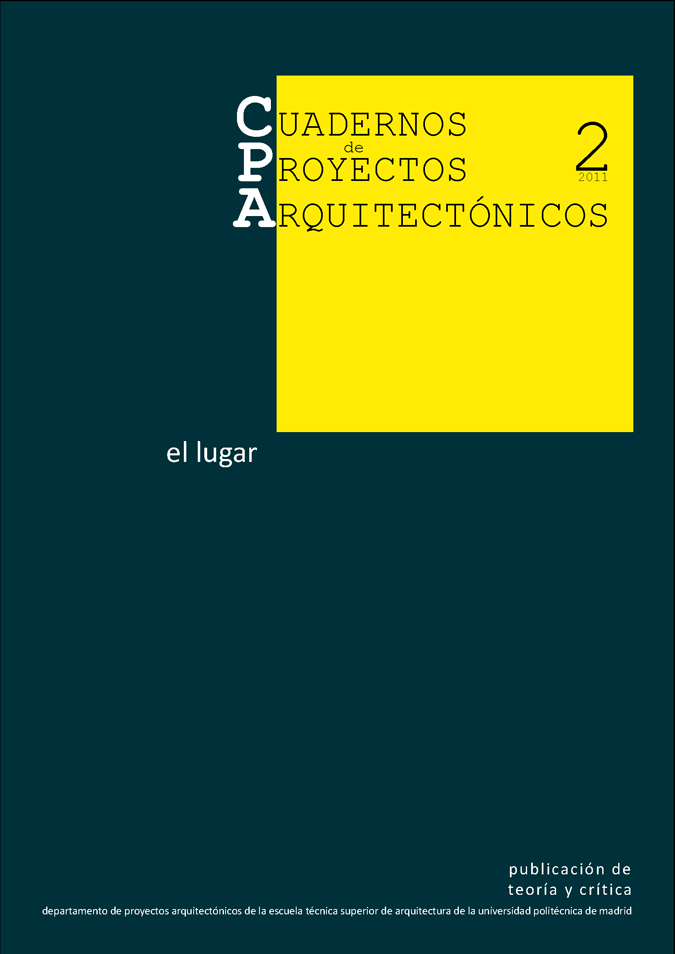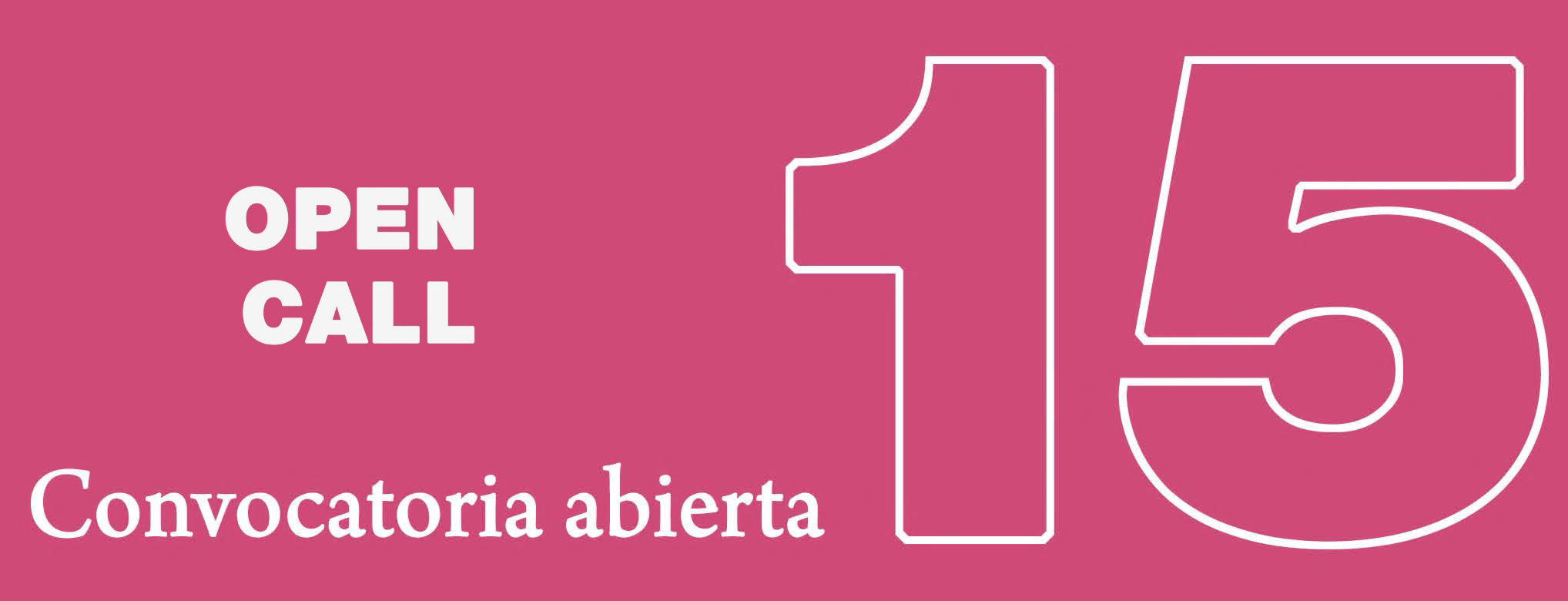El Centro Pompidou de París y el sentido corbuseriano del lugar
Resumen
José Ramón Alonso Pereira This study seeks to analyze a key work from the second half of the twentieth century: the Pompidou Center in Paris, read as a piece of city, although logically not in a classical or haussmanian sense, but rather in a corbusierian modern sense.
Throughout the 1960's, criticism and rejection of the modern city came to question the discipline of architecture approach. New formulations emerged a debate utopian architectural responses to an undesired reality. The oppositions between the reality of the modern city and the utopian nature of the analogous city was the center of cultural debate. In that debate, some of architectural works emerge as a scientific or technological cottage.
One of the emblematic example was the Pompidou Center by Renzo Piano and Richard Rogers, whose approach is almost a pure constructed diagram.
The temporary coincidence in 1923, between the publication of "Vers une Architecture" and the beginning of demolitions at the Ilot Insalubre nº 1, at the Plateau Beaubourg serves as a start for the article and a way of join the two approaches.
Descargas
Descargas
Publicado
Número
Sección
Licencia
1. Los autores conservan los derechos de autor y garantizan a la revista el derecho de una Licencia Creative Commons Atribución-NoComercial-SinDerivar 4.0 Internacional que permite a otros compartir el trabajo con un reconocimiento de la autoría.
2. Los autores pueden establecer por separado acuerdos adicionales para la distribución no exclusiva de la versión de la obra publicada en la revista (por ejemplo, situarlo en un repositorio institucional o publicarlo en un libro).













